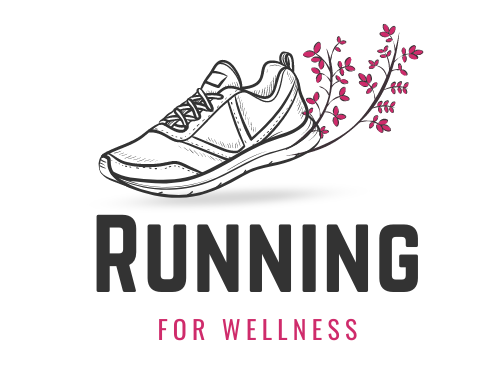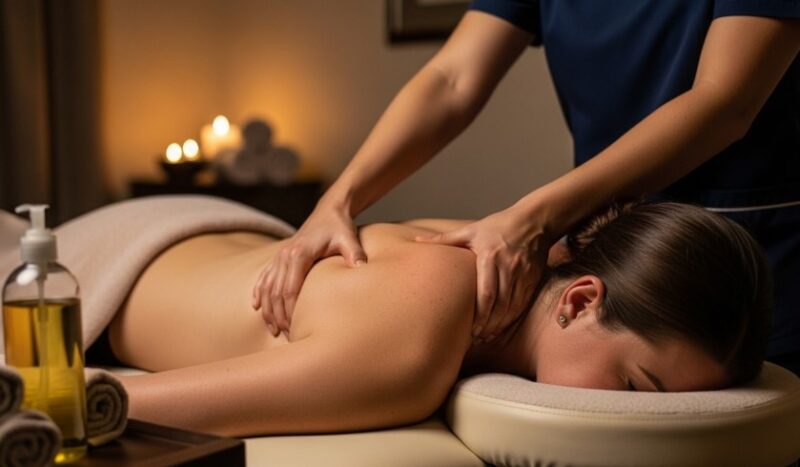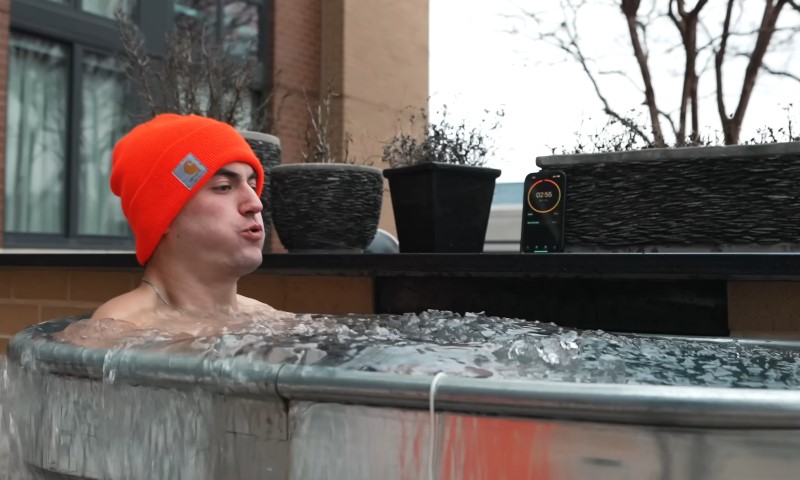Running places intense demands on the body, taxing:
- Muscles
- Tendons
- Nervous system
Deep tissue massage offers targeted relief that suits the needs of runners.
Compared to Swedish or trigger point massage, these techniques go further into muscle layers, addressing the issues that arise from repetitive high-impact activity.
Without further ado, let us talk about it in greater detail.
The Science Behind Recovery
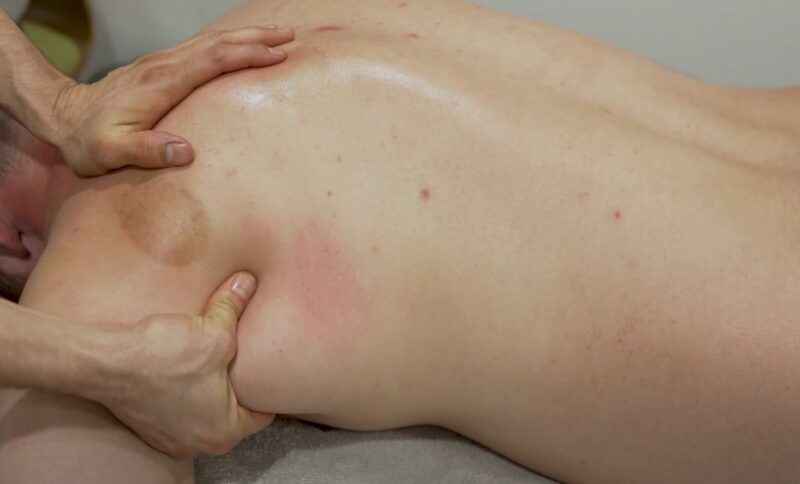
Running causes microtears in muscle fibers, often accompanied by inflammation and stiffness.
Lactic acid builds up after extended exertion, while tight hip flexors and hamstrings stem from modern sedentary habits. These factors slow the healing process and limit progress.
Circulation plays a vital role in recovery.
Oxygen and nutrients must reach damaged muscle fibers, and waste products like lactic acid need to be removed efficiently.
Deep tissue massage promotes circulation by mechanically stimulating blood flow, allowing healing to occur faster and more completely.
Beyond the muscles, the nervous system reacts to massage in powerful ways.
Engaging the parasympathetic nervous system, often referred to as “rest and digest”, lowers heart rate, calms the mind, and encourages physical repair.
After high-stress training sessions, runners benefit enormously from this physiological shift.
How to Find a Capable Massage Therapist
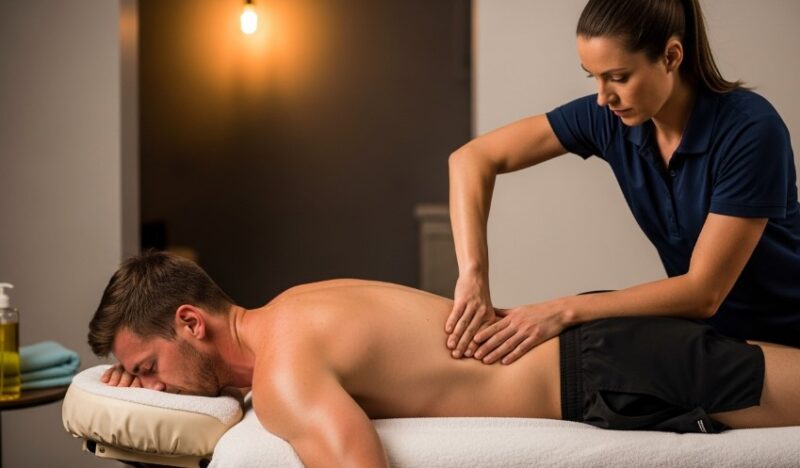
Not all massage therapists understand the demands of high-volume running.
Look for professionals with sports-specific or deep tissue experience.
Licensing and certifications matter; seek out therapists with credentials such as LMT (Licensed Massage Therapist).
Don’t hesitate to ask if they’ve treated runners or athletes with similar training loads.
Make sure they personalize sessions around your needs. A one-size-fits-all approach won’t cut it for someone logging 30 to 60 miles a week.
Word-of-mouth referrals, athlete communities, or online reviews can point to therapists who deliver real results.
After each session, assess how your body feels. Improved mobility, less soreness, and faster bounce-back between runs signal you’re in good hands.
Finding a massage therapist you trust is an absolute must for a number of reasons.
For instance, there are well-known cases about women suffering abuse during a session, like the case of 20 women who came forward with claims of misconduct at a clinic in Quebec, Canada.
Those women filed lawsuits through a sexual abuse lawyer in an effort to gain some form of compensation and justice for their suffering.
Safety, professionalism, and ethics must be non-negotiable when selecting a practitioner.
Benefits of Deep Tissue Massage for Runners
Running demands consistent effort, discipline, and endurance. Over time, muscles become overworked, tight, and prone to injury.
Recovery methods must actively support muscle repair, prevent future damage, and contribute to both physical and mental restoration.
Deep tissue massage addresses each of these needs with precision.
Below are five key benefits every runner can gain, supported by bullet points that highlight practical outcomes and performance advantages.
Accelerated Muscle Recovery
Sustained pressure during deep tissue massage promotes better blood circulation in the targeted muscle groups.
That improved circulation speeds up the delivery of oxygen and nutrients required for muscle repair.
By flushing out metabolic waste like lactic acid more effectively, massage helps minimize delayed-onset muscle soreness (DOMS), which typically peaks between 24 and 48 hours post-exertion.
Faster removal of waste and reduction in inflammation enable runners to resume training without prolonged recovery gaps.
- Increased oxygen and nutrient delivery to fatigued muscles
- Faster removal of lactic acid and metabolic waste
- Reduced soreness and inflammation after long or intense runs
- Shorter recovery time between training sessions
Injury Prevention
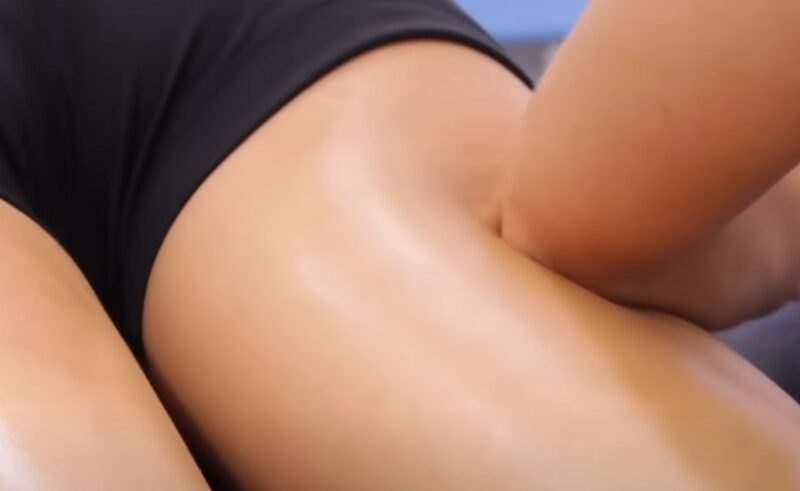
Many running injuries begin as mild tightness or minor imbalances.
Left unaddressed, these small issues evolve into chronic problems.
Deep tissue massage identifies and resolves those early signs before they escalate.
Scar tissue and adhesions can block normal muscle function, decreasing elasticity and raising injury risk.
Massage techniques that target these restrictions restore better movement and reinforce joint stability.
- Early detection of tightness or imbalance
- Release of adhesions and breakdown of scar tissue
- Increased tissue elasticity and mobility
- Reduced risk of injuries like shin splints, IT band syndrome, and plantar fasciitis
Improved Flexibility and Range of Motion
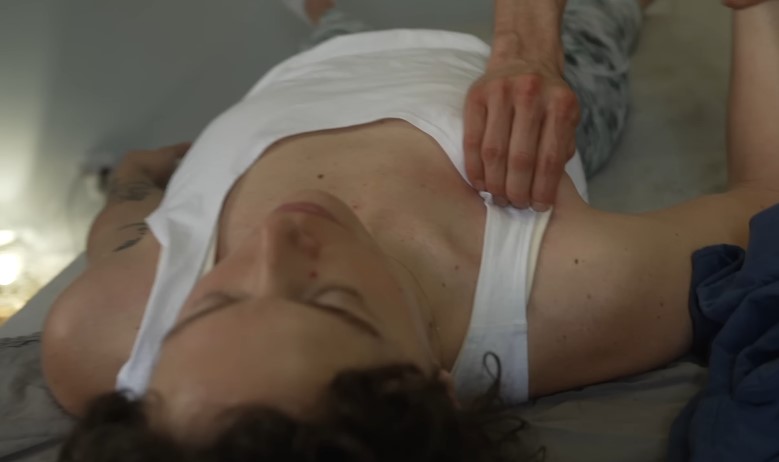
Chronically tight muscles, especially in the quads, calves, and hamstrings, restrict a runner’s stride and compromise efficiency.
Deep tissue massage loosens these areas, promoting better joint mobility and muscular elasticity.
More fluid movement translates to improved biomechanics. With each step, energy is better distributed, movement becomes more economical, and fatigue sets in slower.
- Release of chronically tight muscle groups
- Better hip, knee, and ankle joint mobility
- Enhanced running form and stride mechanics
- Improved energy efficiency during long runs
Stress Reduction and Mental Recovery
Runners don’t just carry physical strain. In fact, their mental fatigue often builds alongside the training load.
Stress hormones like cortisol spike under intense training regimens, affecting recovery and sleep quality.
Deep tissue massage activates the body’s relaxation response, reducing cortisol levels and promoting a calm mental state.
A calm nervous system encourages restorative sleep and improved mood.
When stress is managed effectively, the athlete's mental edge sharpens along with physical stamina.
- Decreased cortisol levels and reduced anxiety
- Improved sleep depth and quality
- Clearer mental focus and emotional balance
- Enhanced motivation and mental resilience
Performance Enhancement

Consistent recovery leads to consistent training.
With fewer injuries and faster repair, runners can maintain a structured training schedule with fewer disruptions.
Muscles stay responsive, coordination improves, and fatigue doesn’t linger as long.
Better neuromuscular connection means quicker reaction times and smoother muscle contractions.
That efficiency shows up in better race results, sharper movements, and higher training output.
- More consistent training with fewer setbacks
- Improved neuromuscular coordination
- Sharper control over movement and stride
- Higher training output leading to stronger performance gains
Timing and Frequency of Massage for Runners
Post-run massage works best within the first 24 hours after an intense effort. This window allows for the most effective reduction in muscle soreness and inflammation.
During training cycles, weekly or biweekly sessions help maintain tissue health.
Massage can target overused areas and correct tightness before it leads to injury.
Before a race, a lighter massage 3 to 5 days in advance prepares the body without impairing muscle function.
Heavy work too close to an event can reduce performance by causing lingering soreness.
For long-term maintenance during off-season or low-mileage periods, monthly sessions support recovery without overdoing it.
Integrating Deep Tissue Massage into Your Running Routine
@nate_exphys Deep tissue calf massage for runners and walkers 🚶♂️🏃🏻♀️ #massage #calfmassage #legmassage #running #legpain #tightcalves #muscletightness #sportsmassage #deeptissuemassage #marathon #cardio
Foam rolling, stretching, and mobility drills remain important.
Massage works well when layered with other recovery tools like Active Release Techniques (ART) and dynamic mobility work.
After massage, hydrate well. Flush out toxins released during the session and support continued muscle repair.
Avoid high-impact workouts immediately afterward—let the body rest and absorb the benefits.
Working with a sports-specific therapist offers a better return than generic spa experiences.
Therapists who know training cycles, peak periods, and common runner complaints provide value far beyond relaxation.
Final Thoughts
Recovery deserves as much discipline as training. Skipping it increases the risk of setbacks that derail months of hard work.
Deep tissue massage helps reduce downtime, supports injury prevention, and strengthens long-term performance.
With consistent care and proper integration, runners experience smoother progress and fewer roadblocks.
Related Posts:
- Lower Back Pain While Running? Here's What You Need to Know
- How Can You Start a Career as a Running Coach?
- How To Recover From Muscle Inflammation Without Medication
- 25 Simple Running Motivation Tips To Get You Moving
- Tendonitis, Shin Splints, and Other Common Leg…
- How Long Does It Take to Train for a Half Marathon?
